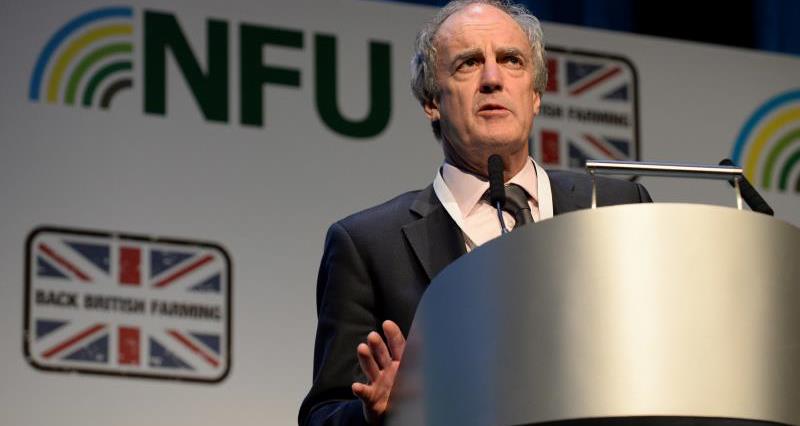- See also: Part one: How a failure to support productivity in the first decade of the CAP led to long-term problems
- See also: Part two: Why the World Trade Organisation has had a strong influence on Europe’s agricultural policy, and will do on Britain’s future policy.
- See also: Part three: An ill-fated attempt to introduce long-term contracts into agricultural policy in the 2000s
Summary: The CAP has been seriously hampered by a lack of clarity about the purpose of its principal instrument- direct payments.
In a previous piece we outlined how the original intention of the CAP was for productivity improvement and restructuring to improve farm incomes and for price support to deliver stable markets. In the event, price support measures became the tool for delivering (or attempting to deliver) fair incomes.
When price support became unviable because of surpluses and changes to world trade rules it was progressively replaced by direct payments in most sectors.
Direct payments could be justified as compensation for something or payments for something. Initially they were advertised as compensation for loss of price support but that became increasingly difficult to justify when that event took place 25 years ago. Compensation, critics argued, was legitimate to allow operators time to adjust but should be time limited and degressive.
The search for a defence for permanent payments led some to argue that they were compensation for the cost of Europe’s more highly regulated agricultural system. The problems with this were firstly there was never any attempt to quantify the cost of regulation and secondly it allowed regulators to turn the argument around: European farmers are supported and can therefore bear the cost of more burdensome regulation.
In an attempt to justify the budgetary cost of the CAP, Commissioner Ciolos (2010-14) invented the concept of “greening”. 30% of the payments, he proposed, would be a payment for adapting a series of environmental measures. The NFU argued against greening on the grounds that the greening measures proposed were unlikely to produce much environmental benefit; would prove very irksome for some farmers while for most the cost would not be anything like 30% of their payments. Once introduced greening was likely to be a ratchet which would allow environmental NGOs to demand ever more constraining and costly measures.[1]
There are a number of lessons to be learned from this history.
First, it is an important principle of classical economics that different objectives should be met with different and specific policies. Instead, the EU has loaded a number of objectives- farm incomes, risk management, competitiveness, environmental enhancement- on one instrument, direct payments.
Second, what has made matters worse, the European Commission has never been explicit on what the payments are for. This has made it very difficult to evaluate the success or otherwise of the CAP and has led to a confused debate amongst farmers and other stakeholders on future direction.
The construction of an independent domestic farm policy gives the opportunity to avoid these mistakes.
- Our future farm policy pages
- See also: Part one: How a failure to support productivity in the first decade of the CAP led to long-term problems
- See also: Part two: Why the World Trade Organisation has had a strong influence on Europe’s agricultural policy, and will do on Britain’s future policy.
- See also: Part three: An ill-fated attempt to introduce long-term contracts into agricultural policy in the 2000s
[1] The NFU argued if there was a genuine desire to introduce more environmental measures the correct response would be to switch money from the 1st pillar (payments) to the 2nd pillar (rural development) uniformly across the EU.
